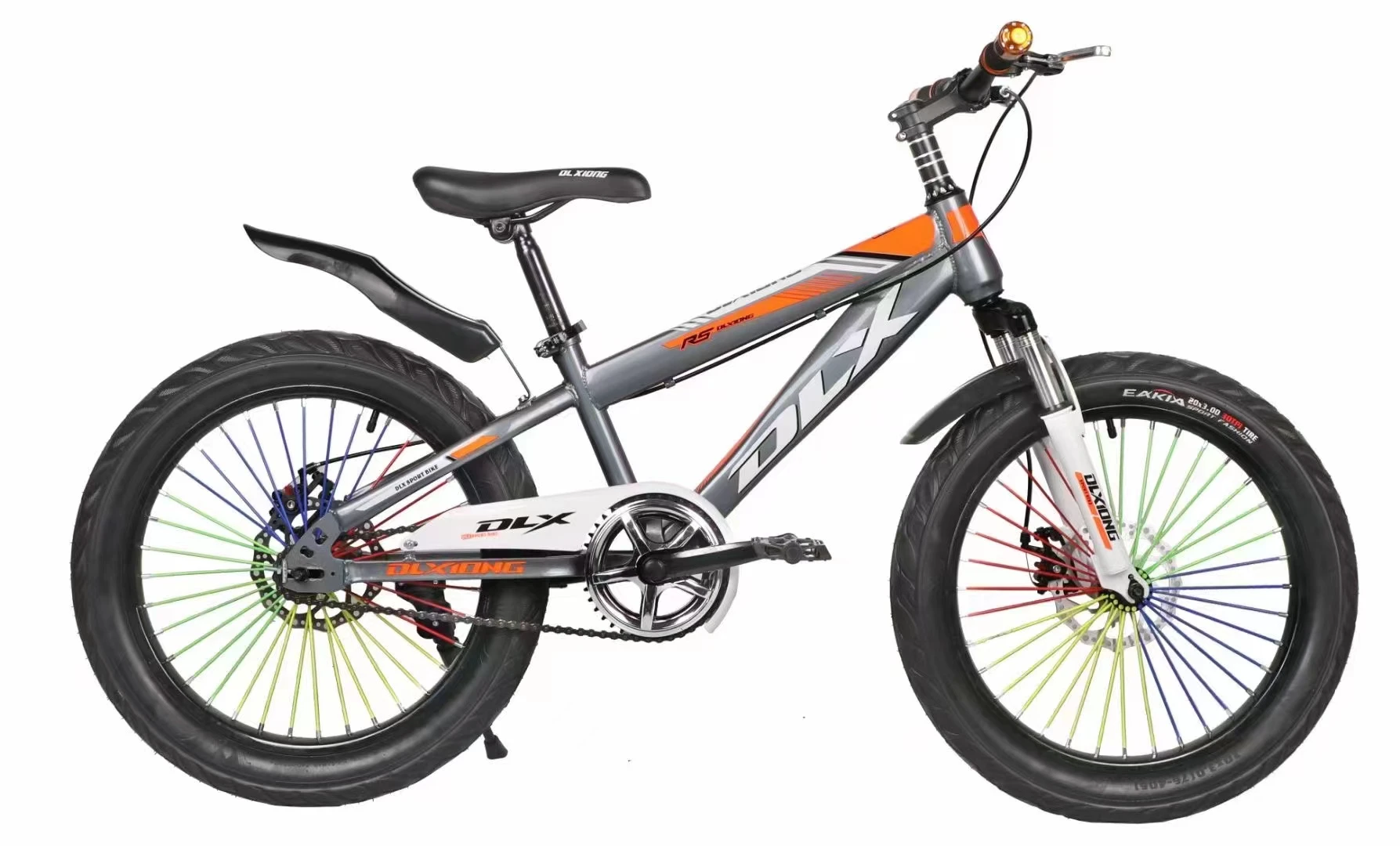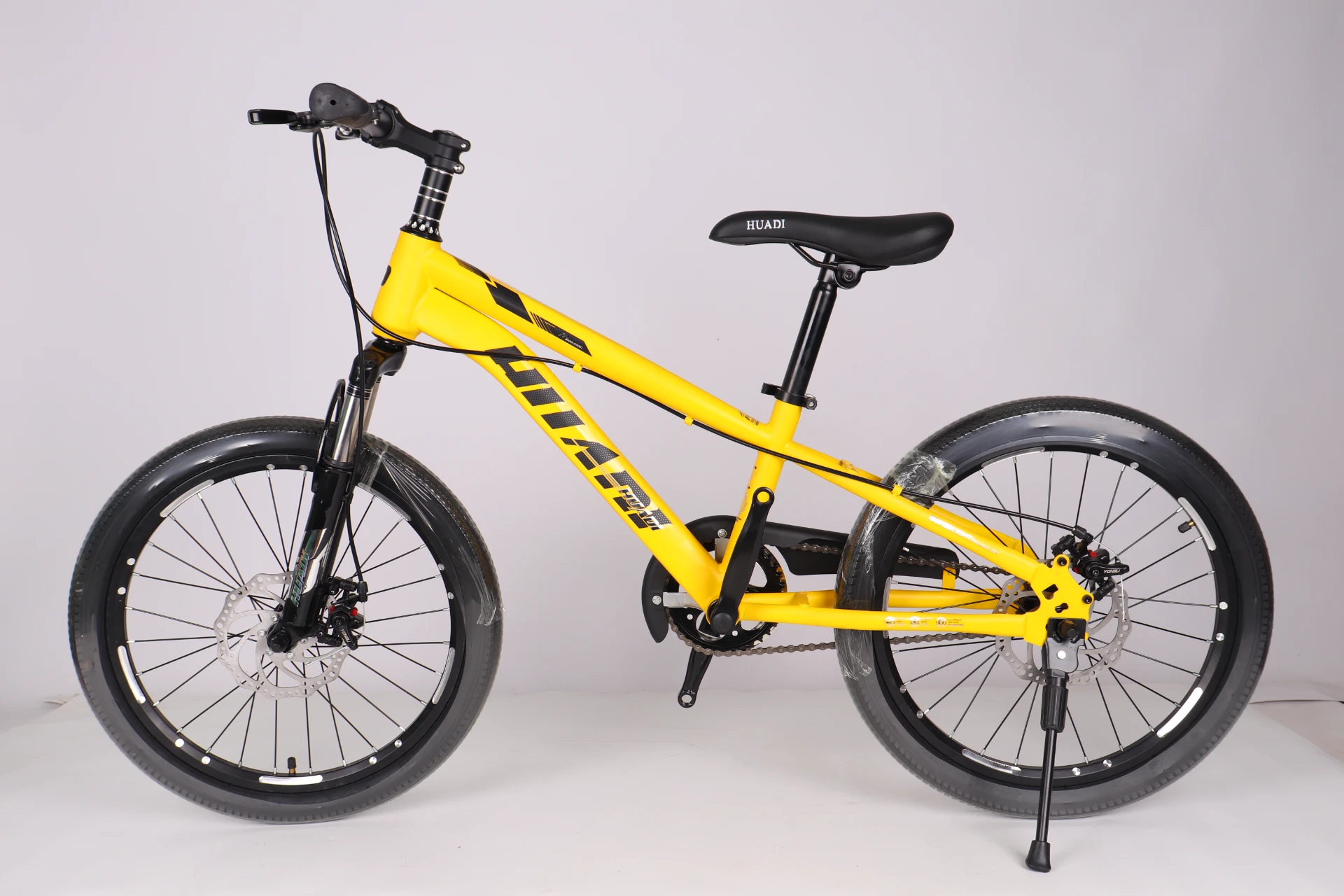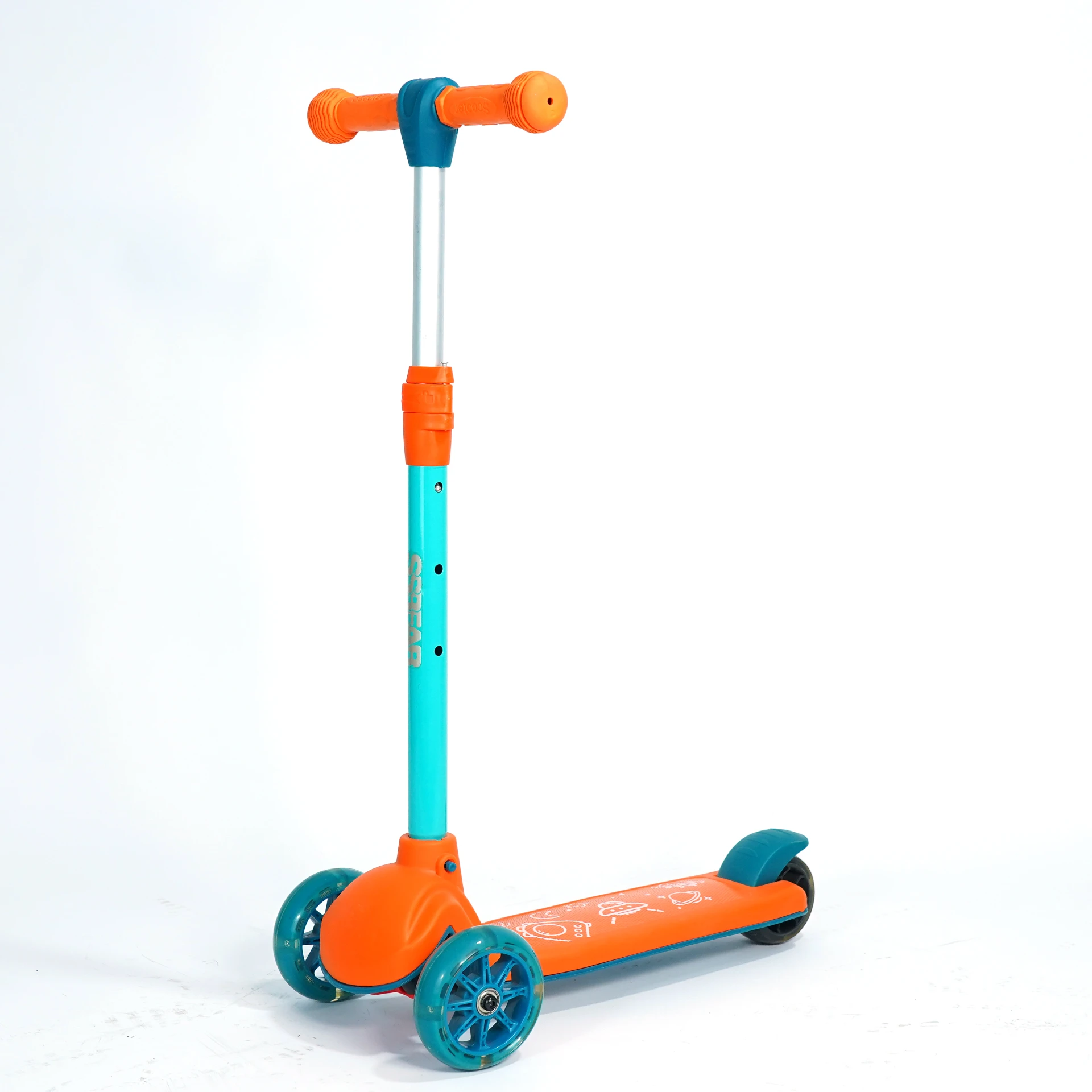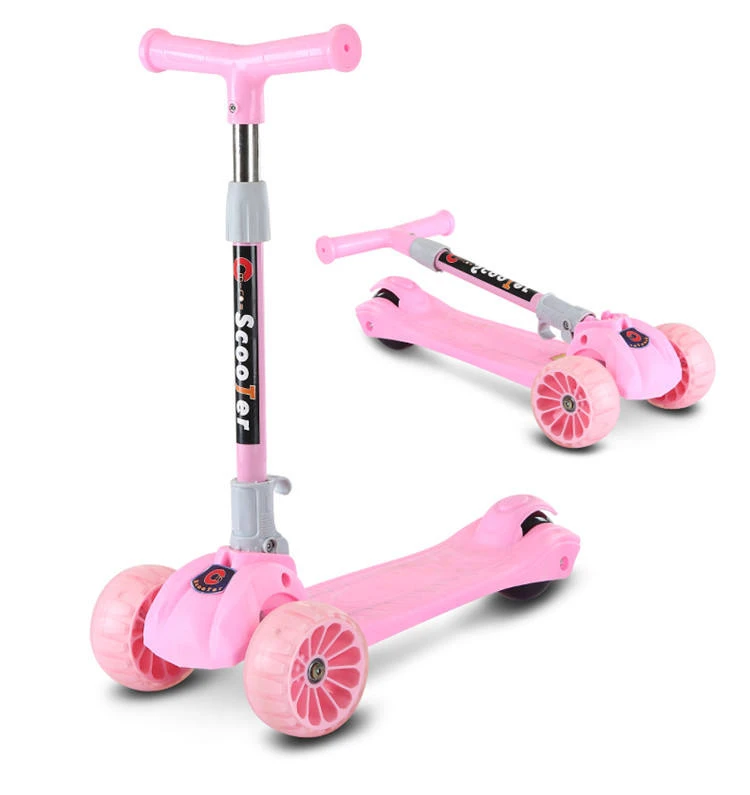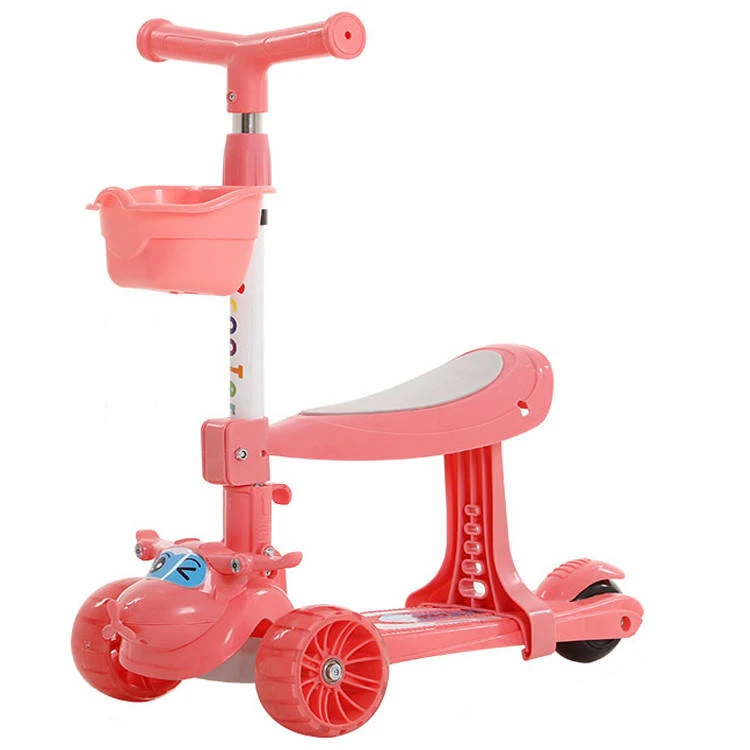light weight bike for kids
The Ultimate Guide to Lightweight Bikes for Kids
Choosing the right bike for your child is an exciting but sometimes overwhelming task. With so many options available, it can be challenging to find the perfect fit that combines safety, ease of use, and excitement. One of the best solutions for young riders is lightweight bikes. Designed specifically for children, these bikes offer several advantages that can enhance the cycling experience. In this article, we will explore the benefits, features, and factors to consider when selecting a lightweight bike for kids.
Why Choose a Lightweight Bike?
1. Easier to Handle The most significant advantage of a lightweight bike is that it is easier for children to maneuver. Young riders may struggle with heavy bikes, making it difficult to learn to balance and control their speed. A lighter frame allows them to accelerate, brake, and steer with confidence.
2. Improved Safety Safety is a paramount concern for all parents. Lightweight bikes are generally more manageable for kids, reducing the risk of accidents. When children can easily control their bikes, they are less likely to feel overwhelmed and more likely to stay focused on their surroundings.
3. Encouragement to Ride More When kids have a bike that they can easily handle, they will be more inclined to ride it regularly. Promoting cycling not only helps in developing a love for the sport but also encourages a healthy, active lifestyle. Lightweight bikes make riding enjoyable rather than a chore.
Key Features to Look For
1. Frame Material The material used for the bike's frame plays a crucial role in its weight. Aluminum is an excellent choice for children's bikes as it is both lightweight and durable. Some higher-end models may even feature carbon fiber for enhanced performance, but aluminum generally offers the best balance of weight, strength, and cost.
light weight bike for kids

2. Wheel Size The size of the wheels directly affects the bike's weight and handling. Smaller wheels are typically lighter and provide better control for younger riders. Common sizes for children's bikes include 12, 16, and 20, depending on their age and height. As a general rule of thumb, children should be able to sit comfortably on the saddle with both feet touching the ground.
3. Brakes Lightweight bikes for kids should also consider braking systems that are easy to use. Coaster brakes (which involve pedaling backward) are popular for younger children, while hand brakes become more common in older models. Ensure that the braking system is easy for your child to operate so that they can stop effectively when needed.
4. Adjustable Features A bike that grows with your child is a worthwhile investment. Look for features such as adjustable seat heights and handlebars. This way, you won't have to purchase a new bike every year as your child grows.
5. Design and Aesthetics Kids love bikes that reflect their personality. Lightweight bikes come in various colors and designs, from fun graphics to sleek looks. Involving your child in the selection process will make them feel more excited and proud to own their new bike.
Try Before You Buy
Before purchasing a lightweight bike, it's crucial to have your child try it out. Visit a local bike shop where they can sit on different models and test ride them. This hands-on experience helps determine which bike feels the most comfortable for their height and riding style.
Conclusion
In conclusion, a lightweight bike can be an excellent choice for your child, promoting confidence, safety, and enjoyment in cycling. With features such as a lightweight frame, appropriate wheel size, and user-friendly brakes, a well-chosen bike will cater to your child’s needs and preferences. Remember to involve your child in the selection process, ensuring that they select a bike that excites them and encourages a lifelong love for riding. By considering the factors outlined in this guide, you can make an informed decision that will make biking a joyful experience for your little one. Happy riding!
-
The Perfect Baby TricycleNewsAug.11,2025
-
Ride into Fun with Bikes for KidsNewsAug.11,2025
-
Ride into Adventure with the Perfect Kids Balance BikeNewsAug.11,2025
-
Fun and Safe Riding with the Best Childrens ScootersNewsAug.11,2025
-
Find the Perfect Childrens Bike for Your Little OneNewsAug.11,2025
-
Explore the Best Baby Tricycles for Your Little OneNewsAug.11,2025
-
Three-Wheel Light-Up Scooter Benefits for KidsNewsJul.11,2025


